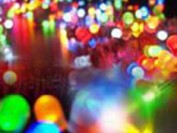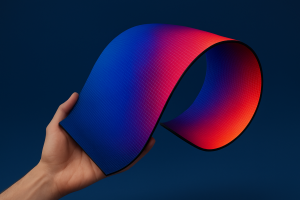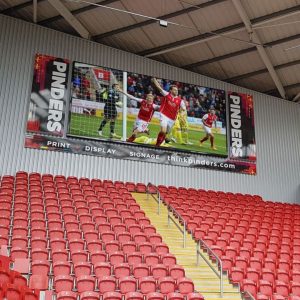The Future is LED
 How long do you think the humble LED has been in existence, ten years, 15 maybe? Well you’ll be more than surprised to learn that it was actually first seen as a practical electronics component in 1962, and started to be used a couple of years later. That’s a whopping 50 years ago and its come a long way since then.
How long do you think the humble LED has been in existence, ten years, 15 maybe? Well you’ll be more than surprised to learn that it was actually first seen as a practical electronics component in 1962, and started to be used a couple of years later. That’s a whopping 50 years ago and its come a long way since then.
Electroluminescence was first discovered in 1907 by Henry Round while working at the Marconi Labs, using a crystal of silicon carbide and a cat’s-whisker detector and the Russian, Oleg Vladimirovich Losev reported the creation of the first LED in 1927. But it wasn’t until Nick Holonvak, working for General Electric, published a paper in October 1962 that the LED became what we know today.
The first LED devices were hand made, expensive and restricted to being red in colour, with miniature LEDs finding real commercial application in the first digital watches and calculators in the 1970s. Since then LED applications have been driven by innovations in materials, in optics and semiconductor technologies, resulting in ever brighter, more efficient and colourful versions being created. Then in 1991 Professor Shuji Nakamura made another real breakthrough with the development of white LEDs for lighting which has taken it down yet another application path.
Today general illumination applications account for around 35% of the LED market with mobile devices taking a further 30% and signage 18%. And while the world is increasingly turning to LEDs for a whole variety of efficient and environmentally friendly lighting solutions it is in the signage world where the current ‘quiet revolution’ in terms of development and creativity is taking place.
LED display systems based on mixing red, green and blue coloured phosphorous lights have been used for some considerable time for full colour displays – with the reduction in LED size and the resulting space between each being the real driver in terms of improvements in quality and definition. There is also significant effort going into big screen Organic LED (OLED) displays and quantum dot LEDs for the future but the critical developments are not in the actual technology, rather the way the systems and put together and controlled and that’s where LED Synergy is the real driving force.
LED’s are now used in devices from domestic televisions to the latest medical devices. It is not only the LED’s that have progressed it is the way in which they are controlled. The controllers have become less and less complicated than the ones twenty years ago. Large LED screens for example had well over 300 semiconductors per square meter, now this can be as low as 50. The advances in processing power has allowed this. The benefits are lower power consumption, increased reliability and much less depth to an LED sign.
LED displays can now be constructed in many shapes and sizes , they can go around corners , pillars and this has led to hundreds of applications that could never be produced as little as 5 years ago. Currently LED’s can be placed reliably at 4mm apart for Electronic sign use , it will not take long for the to be reduced to an almost continuous light and the gap between pixels will minimal.
The technology continues to develop at a huge pace, lighter and thinner devices are being produced. Single LED’s can now be measured in Watts they produce and perfectly matched to each other to give arrays of pure color. These are replacing not only domestic lighting but places where it is hard to maintain conventional bulbs and a very long life span is needed.
LED’s are the fastest developing device in the world of electronics , the level of investment shows no sign of slowing down and they are being used in more and more innovative applications.
I would recommend LED Synergy to anyone considering purchasing an LED sign. We have had so many compliments since it was installed and it has been a valuable asset.
Tom Hughes
OSI Food Solutions



